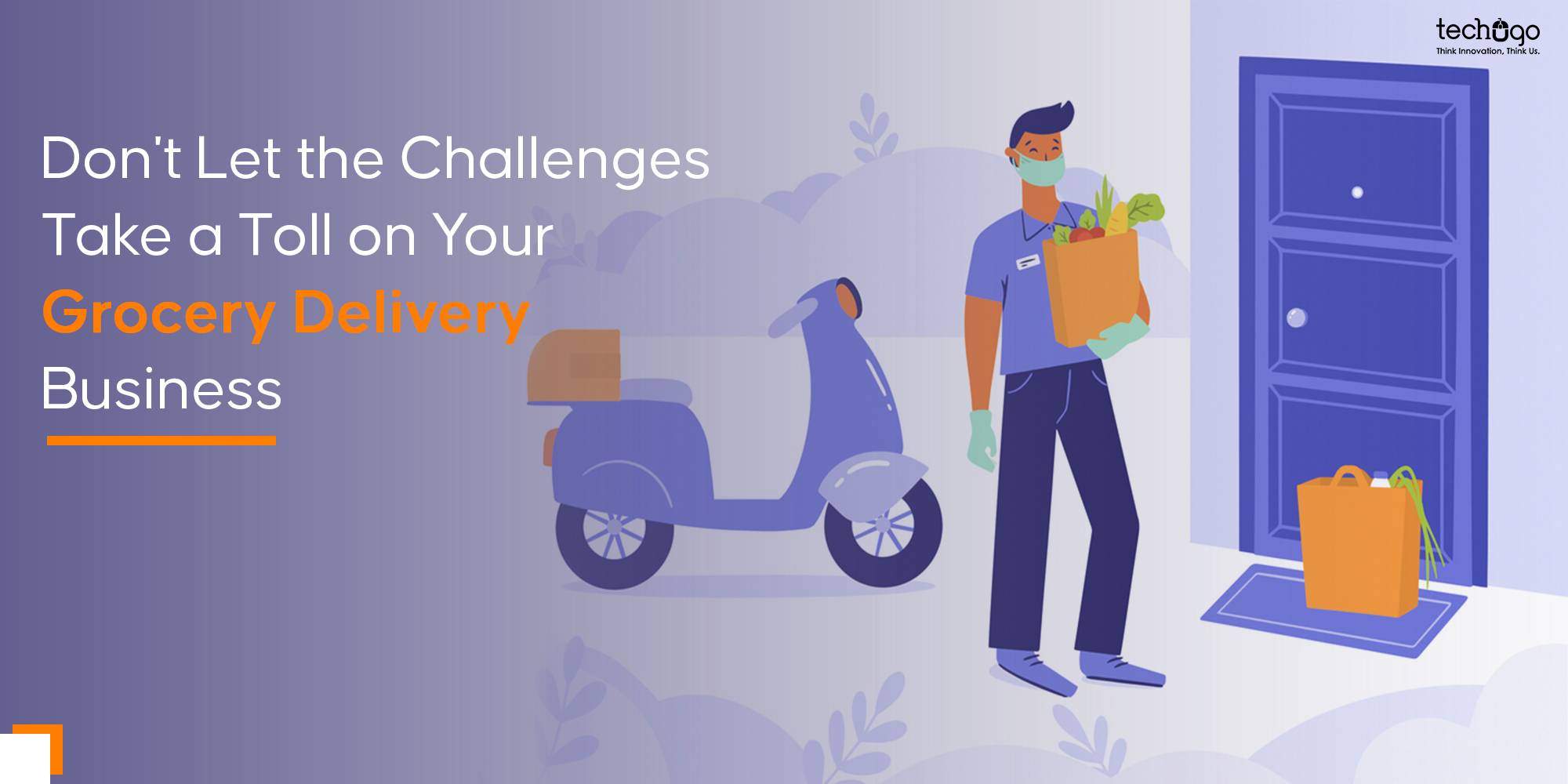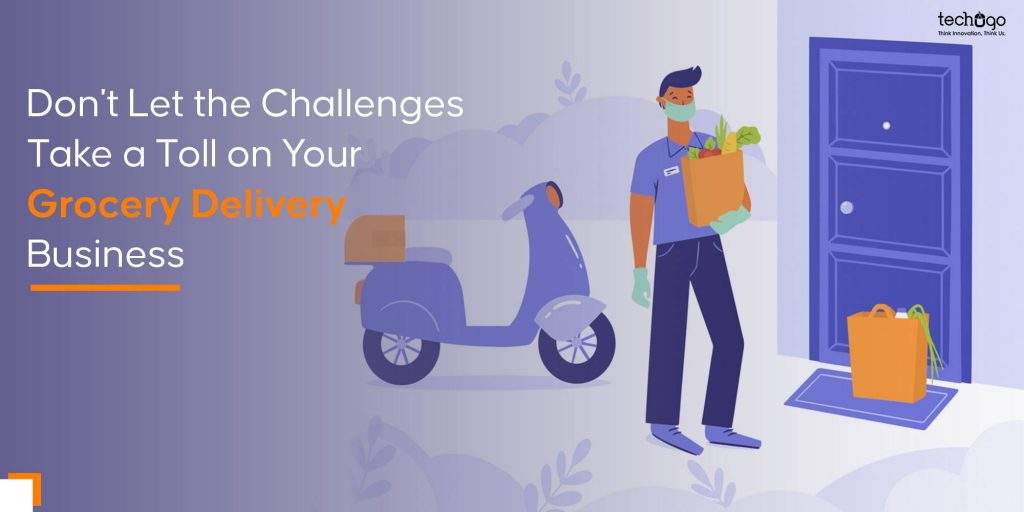
E-commerce has become the king of the internet, and nobody can stop shopping. After the COVID-19 outbreak, the e-commerce industry grew at a stellar pace, and it seems to have a tight grip over the grocery business.
Due to the current state of the pandemic, people are refraining from moving outdoors to protect themselves from getting infected. Therefore, it is one of the biggest reasons behind ordering daily essentials online to get them delivered to the doorstep.
Due to a massive shift from traditional to the digital shopping approach, many businesses determined the opportunity and grabbed the same for the higher return rate. Considering the demand for necessities, most grocery businesses preferred developing a mobile app via which their customers can place the order.

Sounds simple, right? It is not!
Most consumers faced difficulty due to a decrease in the daily supply of groceries. On the other hand, grocery delivery businesses too faced challenges during the outbreak period.
What are these challenges? Keep reading to know more!
Challenges Encountered by Online Grocery Business
It has become common for grocery businesses to shift to third-party marketplaces, like Instacart, Shipt, etc., due to a lack of knowledge about starting one’s own grocery delivery business. Sure, such marketplaces make it easy for a business and save the headache of building a delivery app, but they do not solve challenges faced by retailers.
Notably, these challenges must be emphasized to stay in the market for an extended period and to build sustainability. Now, take a look at the challenges faced by retailers in the grocery delivery business:
1. Reduced margins
There are numerous reasons behind retailers not being able to seek margins that they desire. These reasons are as mentioned below:
- Low basket value: A few customers or people new to online grocery shopping might not place orders in bulk. Therefore, the cart value remains low. If not this, most times, users might leave the cart abandoned.
- Promotions: Constant price promotions can lead to lower revenue. How? It is because sometimes businesses aren’t able to track their target audience, due to which the promotions might not hit the right crowd. In short, lack of data makes promotion ineffective and expensive to the business.
- Higher costs: Many grocery businesses do not charge for home delivery. It is because of the fear of losing customers as there are various alternatives users might shift to.
- Higher competition: Again, there are numerous alternatives in the market that are competitors. Therefore, it is one of the primary reasons behind reduced margins.
2. Customers Don’t Prefer Online Shopping
Though e-commerce has gained popularity and customers like getting products in just a click, many users still don’t prefer buying online.
Why? Here’s what you need to know:
- Habit of hand-picking products: Many users like physically viewing the product, comparing it with other brands, and then buying it,
- Poor organization of shopping lists: Many consumers purchase products repeatedly only because of poorly organized shopping lists. Therefore, websites viewing the products purchased in the past isn’t enough.
3. Lack of Data
Data collection is a crucial activity in any business. Undoubtedly, customer satisfaction can make or break the business; therefore, it is essential to fulfill customers’ demands or requirements.
Additionally, it is important for grocery businesses to handle their own data, which is not an option if they opt for third-party marketplaces.
Businesses not emphasizing data collection lose their customers because of poor management. It takes the user a lot of time to find and buy products, which leads to lower cart value or switching to an alternative.
4. Storage and Delivery Infrastructure
When customers visit their regular grocery stores, wrong products purchased by mistake can be exchanged immediately. On the other hand, online grocery businesses cannot take a chance.
Moreover, perishable products need to be stored and delivered in a short period, which leads to increased expenses.
Must-Have Features of an Online Grocery Business
An online grocery business must have advanced features for its successful working. Apart from the integration of features, an online must have the following:
- Admin panel
- Vendor section
- Delivery section
- Customer section
Strategies of Building a Successful Online Grocery App
To overcome the challenges mentioned above, here are a few strategies that need to be implied while developing an online grocery mobile app:
- Essential features like live tracking must be integrated to offer a smooth user experience.
- Target the right crowd and build a simple user navigation.
- Before launching the app, make sure you’ve promoted the same and gathered an audience that would download the application.
- Offer quick service by reducing the waiting time.
Wrapping Up
If you’re a part of the grocery market and want to shift online or want to step into the new business, the most crucial role is hiring a brood of professionals who would work on your vision to turn it into a successful reality.
On-demand delivery service is a safer method to avoid gathering in the stores and delivering the products at customers’ doorstep. It is a massive reason online services accumulated all the limelight.